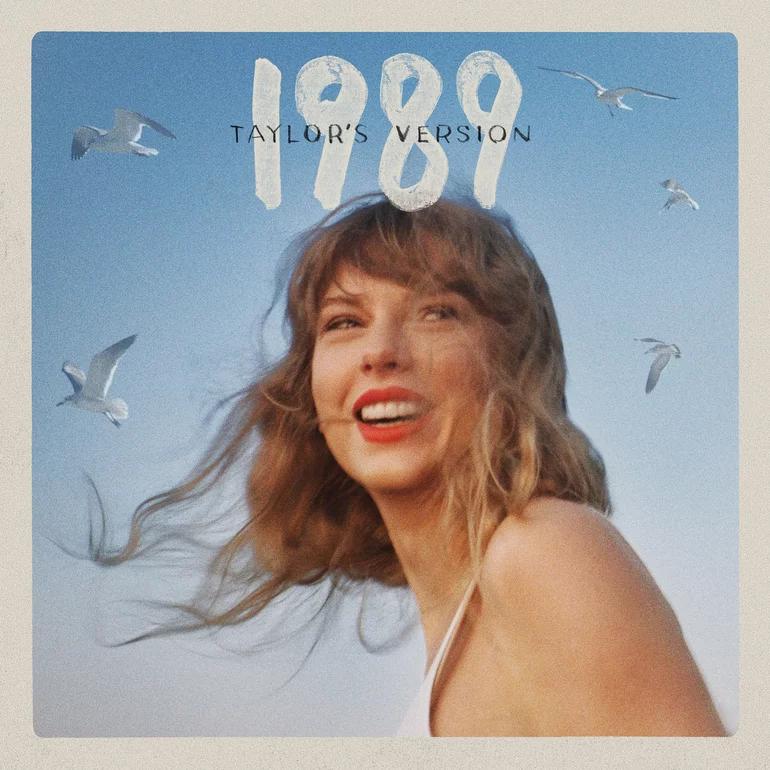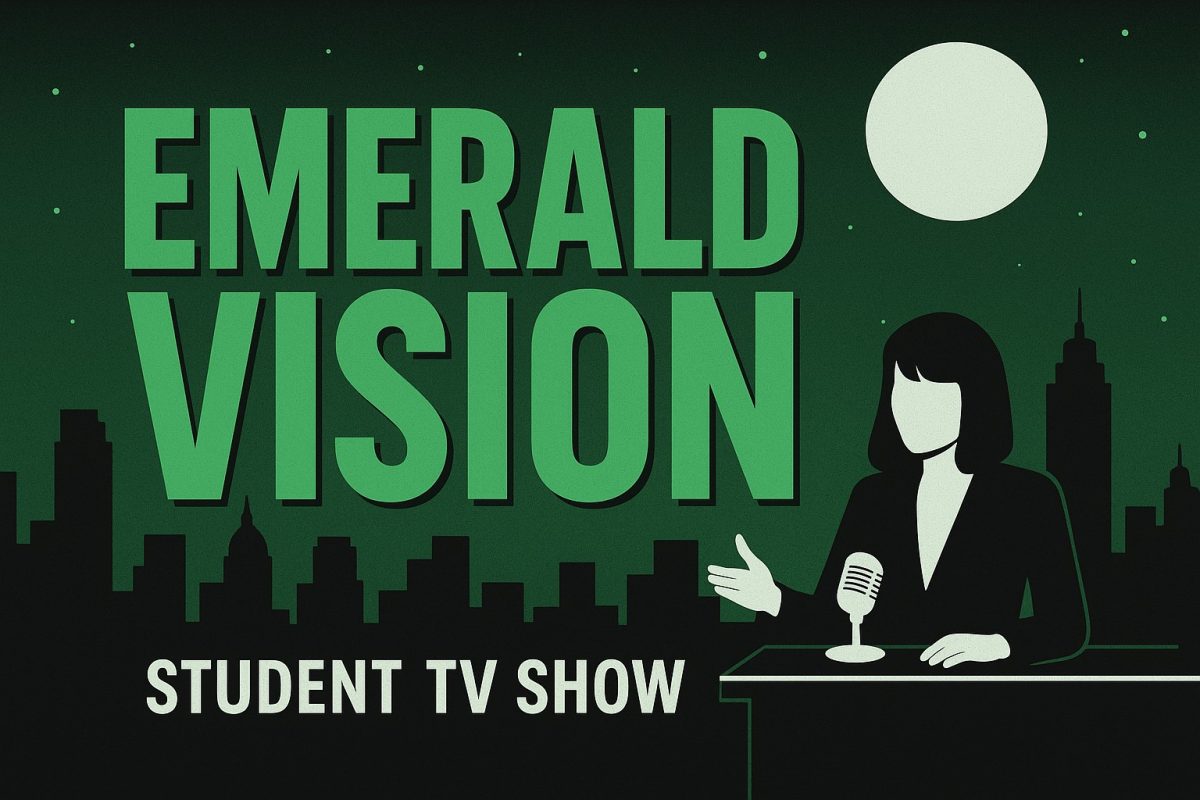Taylor Swift is the most accredited artist in the music industry, and by releasing 1989 (Taylor’s Version), she has forever left an impact. The rerecording of arguably Swift’s biggest album emphasizes the successful categories that make the album leave a cultural impact. 1989 (Taylor’s Version) is the most influential album in American culture because of the charting it made, the lyrics, the melodies, and coherence.
Taylor Swift is currently embarking on an adventure of rerecording all of her albums prior to the release of her 7th studio album, Lover. Swift’s old recording studio, Big Machine Label Group, sold her six previous studio albums to Scooter Braun for $330 million without consulting Swift. Thus, leaving Swift in the dark and in a series of court cases to reclaim her music. Embarking on this adventure of reclaiming her music, Taylor is rerecording all her previous albums and rereleasing them with their original names with “(Taylor’s Version)” next to it to show that she now owns it. In October 2023, Swift rereleased arguably her most influential album, 1989 (Taylor’s Version).
From the initial release of 1989 (Taylor’s Version) has set a multitude of charting records across many platforms. 1989 (Taylor’s Version) set a record as “Spotify’s most-streamed album in a single day so far this year.”₁ With the new vault track, “’Slut!’ (Taylor’s Version),” debuting in the United States at number 1. Globally, “Style (Taylor’s Version)” debuted with a total of 11.6 million streams in the first day. All 21 tracks of this new album occupy the top 25 spots for Spotify’s global top 50. Additionally, Swift set new records for numerous sales charts. It has already become the year’s top selling album, surpassing Swift’s very own Midnights released in October of 2022 for the number 1 spot, according to Billboard.
Swift is undoubtedly a mastermind when it comes to her lyrics. From using a myriad of literary devices to referencing specific events with people but never directly stating, her lyrics leave the listeners engaged and curious. 1989 (Taylor’s Version) possesses some of the numerous lyrical masterpieces that Swift herself has created. Notably on the vault track “Say Don’t Go (Taylor’s Version) (From The Vault),” Swift uses a series of metaphors and rhetorical questions. She says, “Why’d you have to lead me on? Why’d you have to twist the knife? Walk away and leave me bleeding, bleeding. Why’d you whisper in the dark just to leave me in the night? Now your silence has me screaming, screaming.” Initially, the repetition and rhyming of “bleeding” and “screaming” is what the listeners are drawn to. After further review of the lyrics, the rhetorical questions used emphasize the pleading she makes. This emphasis allows for the lyrics to settle in the listeners mind and question who and why someone left Taylor. It also allows listeners who may relate to being left alone wondering why to feel heard.
The metaphors that Swift uses in these lyrics also serve to create a picture of what a sudden heartbreak feels like. Another example of literary devices being used lyrically in her album, is found in “Suburban Legends (Taylor’s Version) (From The Vault)”. The literary devices being used throughout this song are rhyming, ballad, and juxtaposition. Swift says, “Tick-tock on the clock, I pace down your block. I broke my own heart ‘cause you were too polite to do it. Waves crash on the shore, I dash to the door. You don’t knock anymore, and my whole life’s ruined.” Rhyming is clearly demonstrated in the beginning of the lyrics between “tick-tock”, “clock”, and “block”. By using lyrics that rhyme, Swift elevates the “catchiness” of her song. Swift uses a ballad throughout the song to tell a story of high school sweethearts that are trying to define the norms and produce a long-lasting relationship. The juxtaposition of “Tick-tock on the clock, I pace down your block,” with “You don’t knock anymore and my whole life’s ruined,” paints a picture of waiting and coming to terms with the fact that you cannot turn back time. These methods work together to appeal to pathos, as well as they create a story of heartbreak that to which listeners may be able to relate.
Alongside Swift’s powerful lyrics, all of the songs are complete with precise melodies. Taylor Swift has been well known to produce a variety of melodies and genres. When the original version of 1989 came out, it reigned as Swift’s first pop album. However, it would not belong to Taylor if she did not place her own style onto the genre. Throughout the whole album, the melodies are, “driven by synthesizers and heavy percussions,”.₂ By using these two instruments, there is an upbeat and catchiness to all the songs. These carry the title of “pop” across the album, knitting together the masterpiece of Swift’s first “pop” genre album. When some of the songs take on a slower pace, Swift compliments these but using mystical melodies. She also uses low-key harmonies and down beats, similarly, used in her 2022 album, “Midnights”. By using these melodies, the album, 1989 (Taylor’s Version) as a whole, is pieced together creatively and carefully. The melodies work together to complete harmonies and smooth transitions from one track on the album to the next.
Coherence among an album that holds 21 songs is a difficult task to maintain. However, Taylor Swift, once again, completes this task without flaw in 1989 (Taylor’s Version). Swift achieves this by returning consistently to the same key or chord to provide a definite example of coherence. As demonstrated in “Blank Space (Taylor’s Version),” music theorist Matthias Orgler notes that, “It is in the key of F major throughout and follows a very traditional pop song form. Everything is based on multiples of 8 bars. The chords change consistently every two measures and thus the harmonic rhythm of the song always stays the same.”₃ By having a music theorist mention and refer to the coherence of the song but stating that it is in the same key throughout, it clearly highlights coherence demonstrated. This remains evident in other songs throughout the album, allowing 1989 (Taylor’s Version) to maintain the skill of coherence that many other albums lack.
In conclusion, 1989 (Taylor’s Version) is the most culturally influential album in American culture because of the record-breaking charting it made, the lyrics, melodies, and the coherence. I have been a fan of Taylor Swift since I was two years old, in my opinion, Swift is still climbing the ladder and has yet to peak. The rerecording of her biggest pop album has and will heavily influence our culture for years. It is worth the 78 minutes because your life will be changed.
Sources:
- Willman, Chris. “Taylor Swift Beats Her Own Spotify Record for Most Single-Day Streams for an Artist with ‘1989 (Taylor’s Version)’ Release.” Variety, Variety, 28 Oct. 2023, variety.com/2023/music/news/taylor-swift-spotify-record-most-streams-single-artist-1989-taylors-version-1235771881/.
- “1989 (Taylor’s Version).” Wikipedia, Wikimedia Foundation, 1 Nov. 2023, en.wikipedia.org/wiki/1989_(Taylor%27s_Version)?scrlybrkr=b8004f47#cite_note-Telegraph-26.
- Orgler, Matthias. “Blank Space (Taylor Swift) – Song Analysis.” Real World Music Theory, Real World Music Theory, 17 Jan. 2021, realworldmusictheory.com/blank-space-taylor-swift-song-analysis/.
- Sisario, Ben. “Taylor Swift’s ‘1989’ May Be Her Biggest Rerecording yet. Here’s Why.” The New York Times, The New York Times, 25 Oct. 2023, nytimes.com/2023/10/25/arts/music/taylor-swift-1989-taylors-version.html
- Caulfield, Keith. “Taylor Swift’s ‘1989 (Taylor’s Version)’ Breaks Modern-Era Single-Week Vinyl Sales Record.” Billboard, 2 Nov. 2023, www.billboard.com/music/chart-beat/taylor-swift-1989-taylors-version-first-day-sales-1235457435/#!






